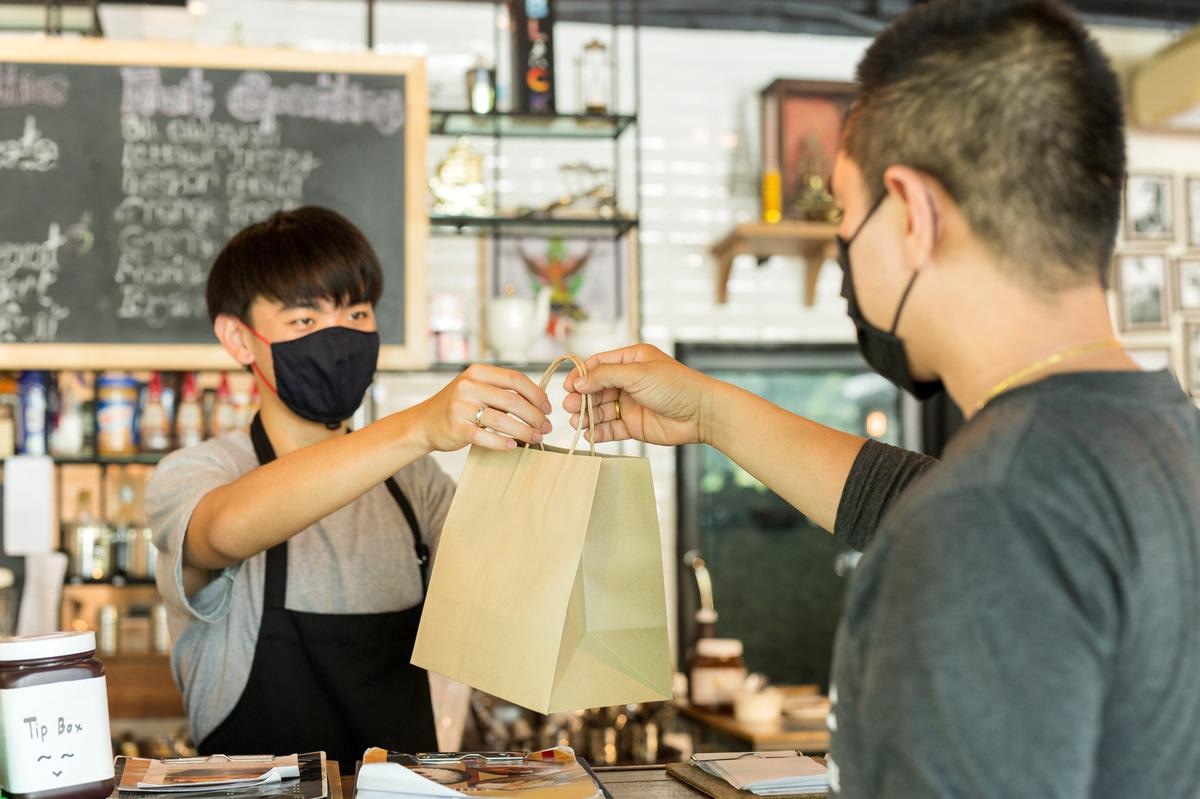In a recent study posted to the medRxiv* preprint server, researchers investigated the impact of control measures and vaccination to protect food production workers from severe acute respiratory syndrome coronavirus-2 (SARS-CoV-2) infection.
 Study: Combined Infection Control Interventions Protect the Essential Workforce from Occupationally-Acquired SARS-CoV-2 during Produce Production, Harvesting and Processing Activities. Image Credit: Bignai/Shutterstock
Study: Combined Infection Control Interventions Protect the Essential Workforce from Occupationally-Acquired SARS-CoV-2 during Produce Production, Harvesting and Processing Activities. Image Credit: Bignai/Shutterstock

 *Important notice: medRxiv publishes preliminary scientific reports that are not peer-reviewed and, therefore, should not be regarded as conclusive, guide clinical practice/health-related behavior, or treated as established information.
*Important notice: medRxiv publishes preliminary scientific reports that are not peer-reviewed and, therefore, should not be regarded as conclusive, guide clinical practice/health-related behavior, or treated as established information.
Essential food workers are at a high risk of coronavirus disease 2019 (COVID-19) infection, given their long occupational exposures. Food workers also experience additional exposures during shared housing (poor ventilation, crowding) and transportation (work bus, carpooling).
International agricultural organizations and food trade associations recommend integrating COVID-19 control strategies to protect food workers. Essential food workers must be protected from COVID-19 infection to ensure that global supply chains remain unaffected and stable.
About the study
In the present study, researchers evaluated the impact of workplace interventions and vaccination on decreasing the cumulative COVID-19 cases among food production and processing workers. The daily cumulative COVID-19 risk was modeled for a susceptible worker upon exposure to a symptomatic coworker.
Four work scenarios – shared transportation, work shift, break during work, and at-home time - were evaluated. The first outcome of the modeling was scenario-specific daily cumulative infection risk for a susceptible worker measured across aerosol, droplet, and fomite-mediated transmission modes. The second outcome was the individual and cumulative impact of infection control interventions to reduce the infection risk for a susceptible worker.
A susceptible indoor worker was assumed to spend two hours in shared transportation, 12 hours during work (including a one-hour break), 10 hours at a private residence, and exposed to an infected co-worker in all scenarios except at home. Similarly, an outdoor worker was assumed to spend two hours using transport, 12 hours at work (11 hours work and a one-hour break), 10 hours in a shared house, and exposed to an infected coworker in all scenarios.
The infection risk was quantified for outdoor and indoor workers. An infected worker was assumed to have coughed or breathed respiratory aerosols and droplets infecting susceptible workers. The scenario-specific infection risk was determined as the sum of viral dose(s) across aerosol, droplet, and fomite-mediated transmission for each scenario.
The cumulative infection risk was quantified as the sum of scenario-specific viral doses for outdoor or indoor workers. Infection control interventions were identified from a systematic review to extract global guidelines and recommendations for protecting food workers from contracting SARS-CoV-2.
The impact of interventions was assessed by the decrease in relative infection risk to baseline scenarios (without interventions).
Findings
The authors found that an indoor break room and working at a one-meter (m) distance were the lowest and highest risk scenarios without interventions. However, infection risk was reduced when 2m distancing was implemented during indoor work. Nonetheless, the 24h risk remained elevated at 1m and 2m distances. For outdoor workers in the absence of control measures, the lowest risk scenario was the shared transportation period, and working at a 1m distance was the highest risk scenario, which decreased by 97% when distancing was at 2m.
A combination of hand hygiene, adoption of surgical masks, surface disinfection, and high ventilation reduced the daily infection risk for an indoor worker by 93% without vaccination. A 73.2% decrease was noted in daily infection risk with vaccination alone without interventions. However, a 99.4% reduction in daily infection risk was observed with interventions and vaccination.
For an outdoor worker in the absence of vaccination, an 87.5% reduction in daily infection risk was observed with interventions like universal surgical mask-wearing, hand hygiene, surface disinfection, and increased ventilation at work and at shared residences.
When both control measures and vaccination were modeled, the infection risk was reduced by 96.5% for outdoor workers. Across all tested parameters, the rate of viral shedding, frequency of coughing, and the salivary virus concentration of an infected worker were the most influential in increasing the viral exposure to susceptible workers. Double masking, followed by surgical masking and cloth masking were the most effective in reducing viral exposure.
Conclusions
To summarize, the study observed the highest risk for an indoor worker who followed the 1m distancing guidelines at work, followed by those for using shared transportation. For an outdoor worker, the highest risk was with 1m distancing at work, followed by shared housing.
When the scenario-specific impact was evaluated, double masking and increased physical distancing provided the highest reduction in infection risk for indoor and outdoor workers. Notably, if infection control measures are combined with optimal vaccination, the daily infection risk for outdoor and indoor workers could be reduced by more than 99%.
Interestingly, vaccination alone could not adequately reduce the infection risk. Hence, both vaccination and control measures should be implemented for the continued protection of essential food workers.

 *Important notice: medRxiv publishes preliminary scientific reports that are not peer-reviewed and, therefore, should not be regarded as conclusive, guide clinical practice/health-related behavior, or treated as established information.
*Important notice: medRxiv publishes preliminary scientific reports that are not peer-reviewed and, therefore, should not be regarded as conclusive, guide clinical practice/health-related behavior, or treated as established information.